Trials indicate potential for mass production of feedstock
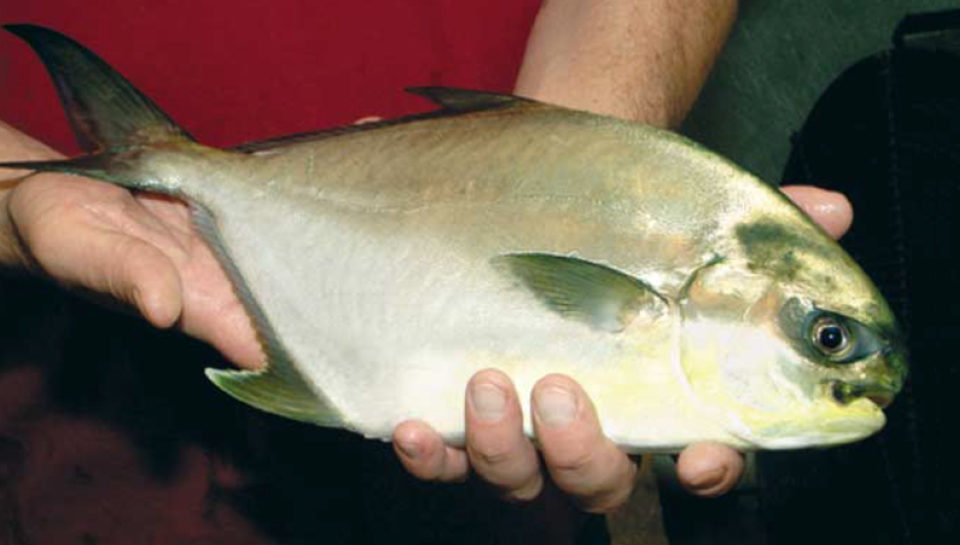
Considered one of the finest marine table fish, the Florida pompano (Trachinotus carolinus) commands a significantly higher price than many other United States marine and fresh water finfish species. In 2003, the average wholesale price for whole pampano was $7.50 per kilogram, and depending on the time of year and availability, pompano fillets can fetch $35 per kilogram.
Recreational and commercial pompano fisheries exist along the south Atlantic and Gulf coasts of the United States, with 83 to 92 percent of landings occurring in Florida. Because pompano landings have never been large, demand has consistently exceeded supply.
Early research
Significant interest in the culture of pompano developed in the United States during the 1960s and 1970s. Initial research established that pampano exhibit rapid growth and tolerance to various culture conditions and systems. However, attempts to culture the fish on a commercial scale were largely unsuccessful.
As with other marine finfish, the availability of a sustainable supply of pompano seedstock limited culture operations. Aside from pioneering work conducted by Frank Hoff and associates, who bred pampano using hormonal induction and reared larvae with limited success in the early 1970s, no published research exists with respect to pompano reproduction and larviculture.
To further address this topic, the authors conducted preliminary trials in 2004 to evaluate captive reproduction of pampano via hormonal induction and to develop basic procedures for larval production.
Broodstock acquisition, feed training
Broodstock were acquired from local commercial fishermen during the fall and winter of 2003 to 2004. Fish were collected in the Indian River Lagoon on the east coast of Florida, USA. Three groups of 20 fish each were transported to the United States Department of Agriculture Agricultural Research Service (USDA-ARS) and Harbor Branch Oceanographic Institute (HBOI) aquaculture facilities in Fort Pierce, Florida, USA.
The fish were placed with an approximate sex ratio of 1:1 in 12,000-liter recirculating tanks with a natural photoperiod and water at 19 to 25 degrees-C and 28 to 30 grams per liter salinity. Over the course of two months, the fish were given treatments to eradicate protozoan and trematode parasites.
During the quarantine period, the fish were feed-trained. Peeled shrimp and cut squid were offered for the first two weeks after capture, then a moist diet mixed with peeled shrimp was fed for one week. At this point, the fish were not fed for five days. The moist diet was fed alone for one week, followed by the moist diet in combination with a sinking pelleted diet for a week, until the pelleted diet was fed alone.
Spawning trials
In April 2004, the weight and sex of all fish were determined and transponder tags were injected for future identification. The mean weights of the males and females were 0.7 and 1.3 kilogram, respectively. Each group of 20 fish was placed back into its respective holding tank and chemical treatments were discontinued.
In May, fish were sampled to determine gonadal condition. The males were subjected to abdominal compression to detect the presence of milt, while oocyte samples were obtained from females through catheterization and examined under a microscope. Fourteen males possessed running milt, and the mean oocyte diameter of 16 females was 400 µ or greater.
Each fish was injected with a 75-µg gonadotropin-releasing hormone analog (GnRHa) pellet. Eight females and seven males were then placed into each of two 12,000-liter recirculating tanks equipped with side-mounted egg collectors to initiate spawning trial 1.
Subsequent trials were conducted in June and July. In trial 2, four of the eight females and all of the males in one tank were injected with GnRHa. In trial 3, six of the eight females and all of the males in the other tank were subjected to the hormonal treatment.
In each trial, spawning occurred in the early morning hours approximately 36 hours after GnRHa injection. Both floating and sinking eggs were enumerated by volume, and the fertilization rate of the floating eggs was determined after each spawning event. Fertilized eggs were approximately 1 mm in diameter with a single oil globule.
In the first and second trials, spawning occurred on five of six consecutive days with a total of 2.8 million and 0.9 million eggs collected, respectively (Table 1). In the third trial, spawning occurred on two of six consecutive days with a total of 0.8 million eggs collected.
Weirich, Results from pompano spawning trials, Table 1
| Trial | Total Eggs | Floating Eggs | Fertilization | Eggs per kilogram Female | Eggs per Female |
|---|
Trial | Total Eggs | Floating Eggs | Fertilization | Eggs per kilogram Female | Eggs per Female |
|---|---|---|---|---|---|
| 1 | 2.8 million | 460,000 | 86.8% | 131,500 | 174,200 |
| 2 | 0.9 million | 368,000 | 71.3% | 109,600 | 230,300 |
| 3 | 0.8 million | 152,000 | 87.3% | 88,000 | 123,000 |
Although considerable variation existed among individual spawns with respect to the fertilization rate of floating eggs, overall fertilization during each trial was consistent and relatively high compared to that observed in previous work with pompano by Hoff and associates. The fecundity of the female pampano was also rather consistent between trials and comparable to that of other subtropical marine finfish species.
Larviculture
After collection and sampling, floating eggs from each spawning event were placed into 100-liter circular tanks or 450-liter rectangular troughs at a density of 50 to 100 eggs per milliliter. Temperature was maintained at 24 to 25 degrees-C and salinity at 34 to 35 grams per liter. Fourteen hours of light and 10 hours of darkness were provided daily with fluorescent lighting.
Hatching occurred in 30-34 hours. The hatching rate of the inucubated eggs was not determined. However, in concurrent small-scale studies conducted to determine the effects of copper, ammonia, nitrite, and salinity on eggs and larvae, hatching rates ranged from 20-90 percent between spawns. Unhatched eggs and egg debris were siphoned from the culture units and paper towels were used to remove surface oils. Aeration during incubation and initial larval rearing was maintained at a minimal rate to minimize injury.
Larvae began feeding approximately 72 hours posthatch, which corresponded to the time of complete yolk absorption. As shown in Fig. 1, one day after hatching, Nannochloropsis algal paste was added to culture tanks at approximately 30 million cells per milligram to achieve green water conditions, which were maintained for 11 days. Two days after hatching, enriched rotifers were added three times daily at a rate of 1 to 3 individuals per milligram.

At seven days, instar artemia were added in addition to rotifers at 1 to 2 individuals per milligram. At 11 days, rotifer feeding was discontinued, and at 12 days, enriched artemia metanauplii were fed at a rate of 1 to 2 individuals per milligram. Micro-particulate diets were first offered at 18 days after hatching. Active consumption began at approximately 23 days, near the onset of metamorphosis, and artemia feeding was discontinued.
Larval survival
Larval survival was highly variable between spawns, with mean survival below 5 percent. Significant mortalities were generally confined to the periods of seven to nine days and 22 to 24 days post-hatch, with the former resulting in the bulk of larval losses.
The early-stage mortalities may have been due to inadequate nutrition, suboptimal light levels, physiological anomalies, bacterial pathogens, or a combination thereof. Latter-stage mortalities were likely due to physiological changes associated with metamorphosis. While no direct cannibalism was observed, postmetamorphic larvae occasionally chased premetamorphic larvae.
At 18 to 22 days post-hatch, pre-metamorphic larvae were noticeably darker in coloration than the post-metamorphic larvae. Postmetamorphic larvae immediately exhibited schooling and swimming behaviors identical to those of older juveniles and adult pampano.
Further research
The 2004 trials were cut short due to the passage of two hurricanes. Since then, considerable renovation of the USDA-ARS and HBOI facilities has occurred. In addition, a five-year USDA-ARS project plan calls for trials to be conducted this year to refine pompano spawning procedures with the goal of attaining year-round natural spawning. Further efforts will focus on improving larviculture methods for increased survival and production.
(Editor’s Note: This article was originally published in the June 2005 print edition of the Global Aquaculture Advocate.)
Now that you've reached the end of the article ...
… please consider supporting GSA’s mission to advance responsible seafood practices through education, advocacy and third-party assurances. The Advocate aims to document the evolution of responsible seafood practices and share the expansive knowledge of our vast network of contributors.
By becoming a Global Seafood Alliance member, you’re ensuring that all of the pre-competitive work we do through member benefits, resources and events can continue. Individual membership costs just $50 a year.
Not a GSA member? Join us.
Authors
-
Charles R. Weirich, Ph.D.
United States Department of Agriculture
Agricultural Research Service
Sustainable Marine Aquaculture Systems Program
Fort Pierce, Florida 34946 USA -
Kenneth Riley, M.S.
Harbor Branch Oceanographic Institute
Aquaculture Division
Fort Pierce, Florida, USA -
Megan Davis, Ph.D.
Harbor Branch Oceanographic Institute
Aquaculture Division
Fort Pierce, Florida, USA
Related Posts
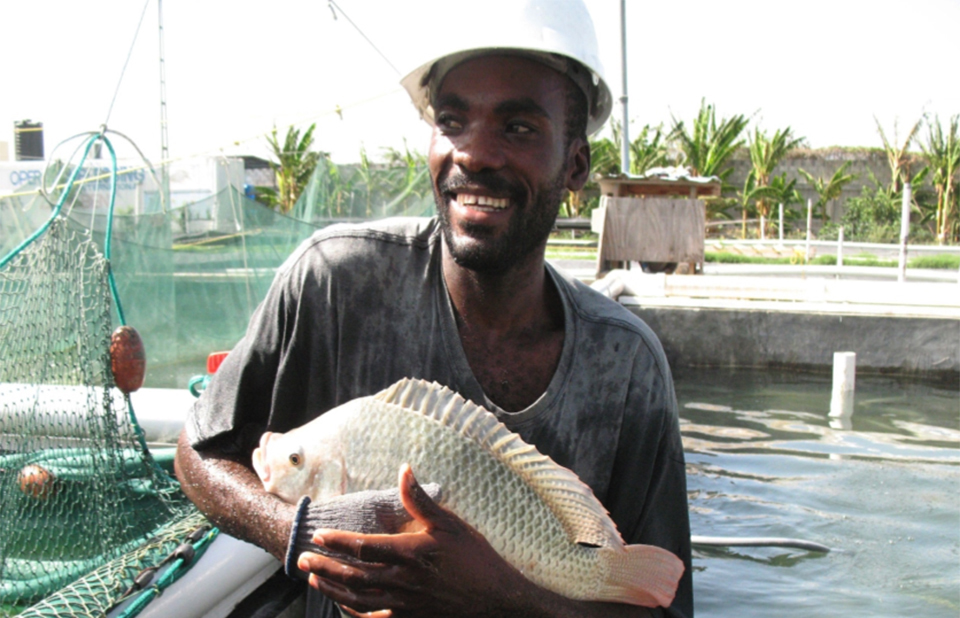
Responsibility
Haiti’s hatchery of hope
Built on a dream of feeding some of the world’s poorest and most vulnerable people, a charity-built tilapia hatchery in Haiti now learns to stand on its own.
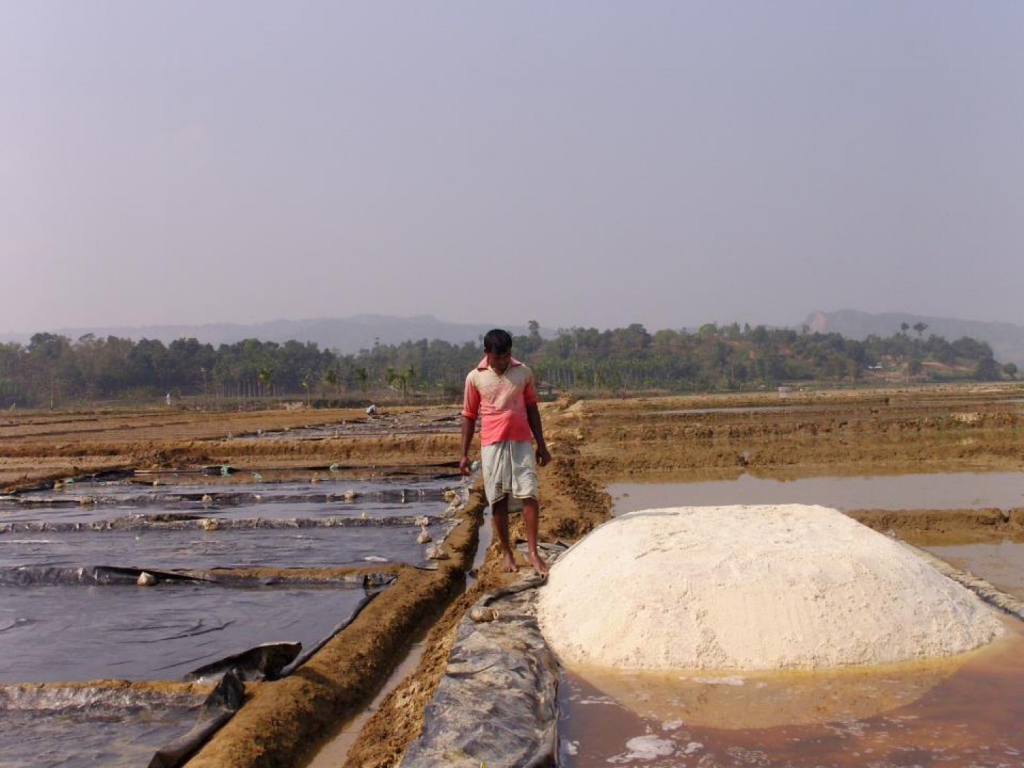
Innovation & Investment
Artemia, the ‘magic powder’ fueling a multi-billion-dollar industry
Artemia, microscopic brine shrimp used as feed in hatcheries, are the unsung heroes of aquaculture. Experts say artemia is still inspiring innovation more than 50 years after initial commercialization. These creatures are much more than Sea-Monkeys.
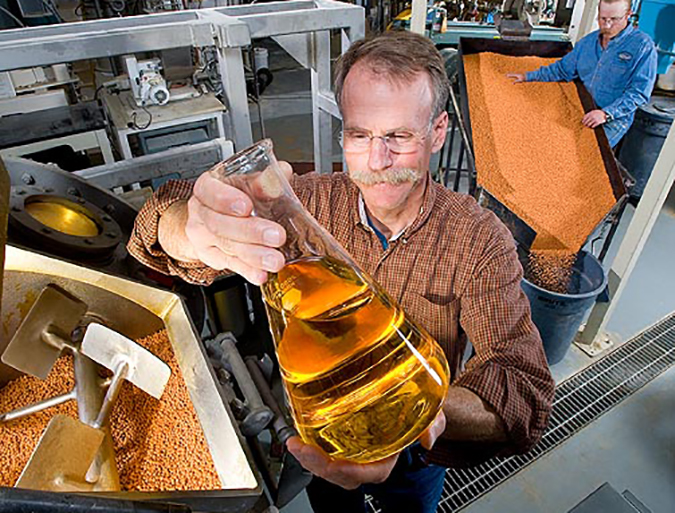
Aquafeeds
Aquaculture Exchange: Rick Barrows
After 14 years with the USDA’s Agricultural Research Service, Rick Barrows talks about the importance of finding ‘complete’ and commercially viable alternative sources of omega-3 fatty acids and continuing innovation in the aquafeed sector.
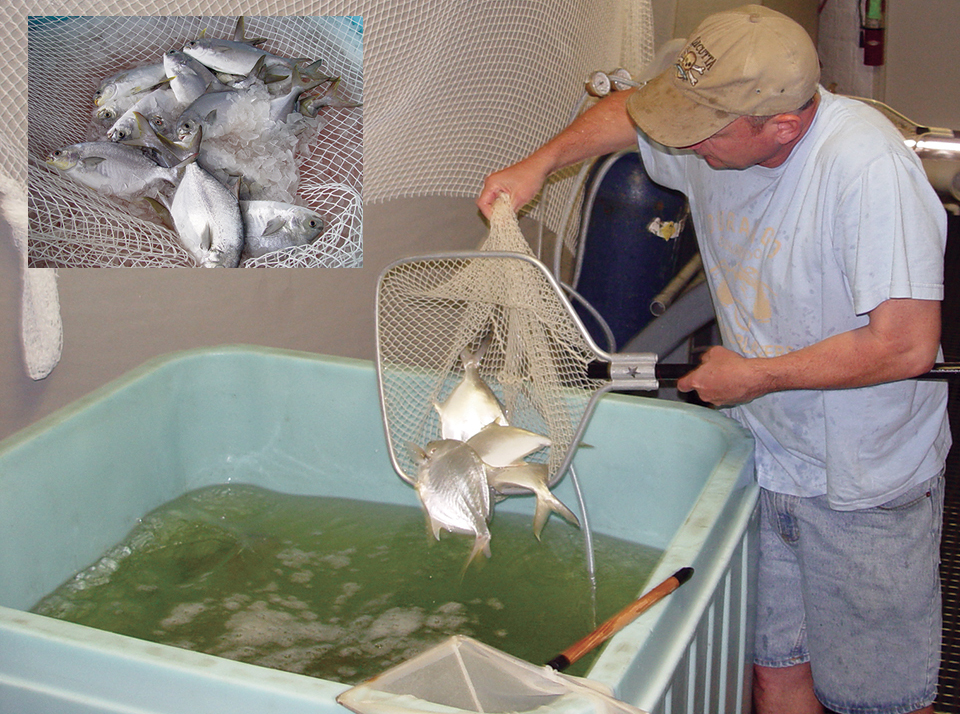
Health & Welfare
Pompano reared to market size in RAS
In a trial, rearing density affected the mean weight and weight gain of pompano, although differences between treatments became apparent toward the end of the study.



